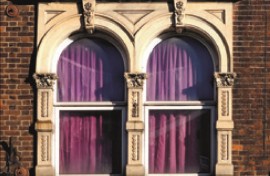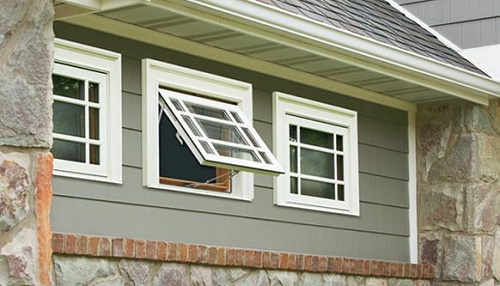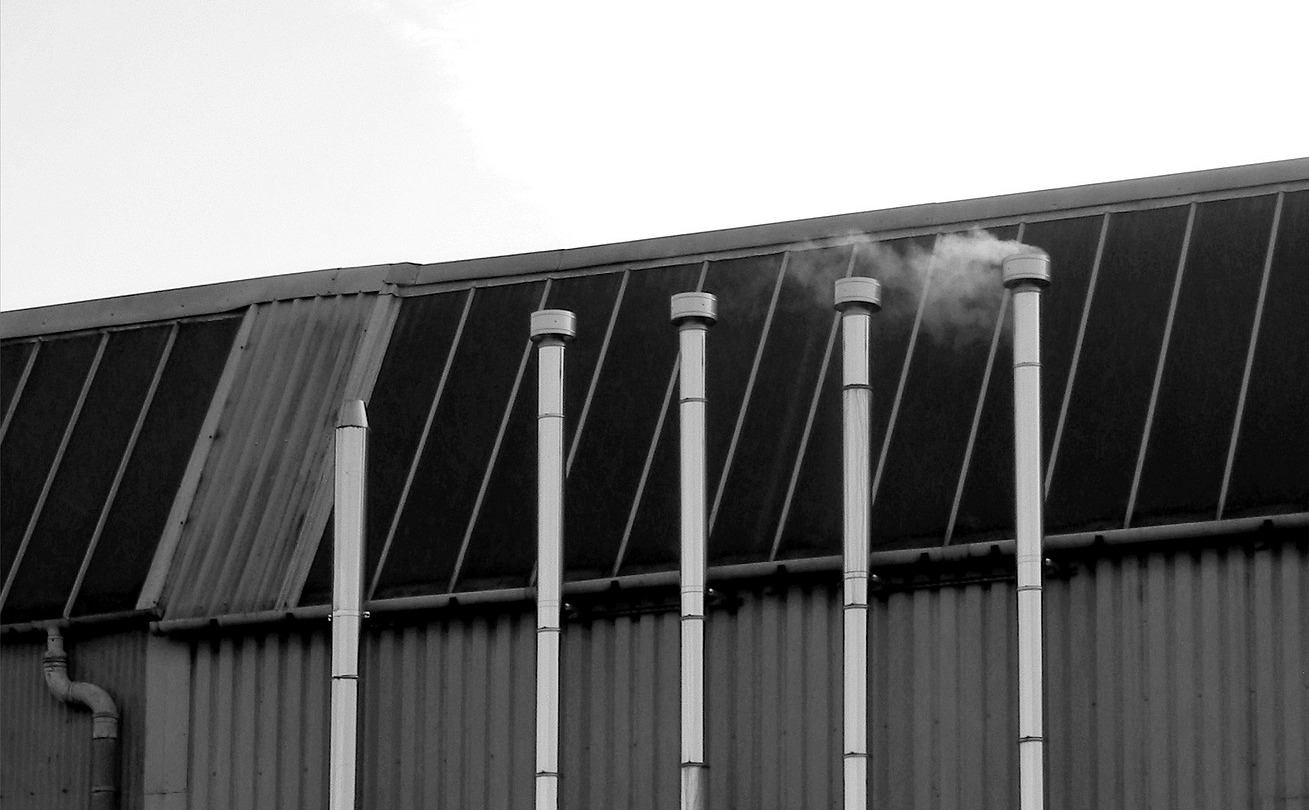Types of window

|

|

|
Windows are openings fitted with glass to admit light and allow people to see out. They are often openable to allow ventilation. Although the historic use of glass dates back to the Romans, glass windows only became common domestically in England in the early-17th century, gradually becoming more versatile and widespread as plate glass processes were perfected during the Industrial Age.
For more information see: Window.
There are a number of ways of classifying window types:
Contents |
[edit] Frame material
[edit] Type of glass
- Acrylic.
- Annealed glass.
- Fire-resistant glass.
- Float glass.
- Fully tempered glass.
- Glass brick.
- Heat soaked tempered glass.
- Heat strengthened glass.
- Insulated glazing units.
- Laminated glass.
- Low-emissivity glass (Low-E glass).
- Polycarbonate.
- Self-cleaning glass.
- Stained glass.
- Toughened glass.
- Wired glass.
For more information see: Glass.
[edit] Type of glazing
For more information see: Windows.
[edit] Cavity fill
- Vacuum.
- Argon.
- Krypton.
- Xenon.
For more information see: Windows.
[edit] Overall design
- Bay: Multi-panel windows that project in front of the external wall line, supported by a sill height wall.
- Bow: A curved bay window.
- Bullseye: A circular window.
- Clerestory: Bands of windows across the tops of buildings that allow natural light in without compromising privacy or security.
- Curtain wall: A non-structural cladding systems generally associated with large, multi-storey buildings.
- Display window: Intended for the display of products or services on sale within a building.
- Dormer: A small roofed structure that projects outwards from the main pitched roof of a building.
- Glass mullion system: Sheets of tempered glass held in position by clamps and joined by a structural silicone sealant or by metal patch plates
- Multi-lite: Windows glazed with small panes of glass separated by glazing bars, or muntins.
- Patent glazing: A non-load bearing, two-edge support cladding system.
- Picture window: A large fixed window that lets in the maximum amount of light and provides external views.
- Roof window: A window that is in the same plane as the surrounding roof, and has a minimum pitch of 15 degrees.
- Rooflight / skylight: A dome light, lantern light, skylight, ridge light of glazed barrel vault installed on an upstand, so it is not in the same plane as the surrounding roof.
- Sidelight: Positioned beside a door or main window.
- Toplight: These are usually above doors.
- Transom window: A horizontal window that is commonly mounted above a door or another window to let in more light.
- Storm glazing. Temporary external glazing system.
- Fanlight. Glazed area above a door.
For more information see: Windows.
[edit] Method of opening
- Awning: Hinged at the top and opened outwards.
- Bi-fold: Made up of a number of individual sashes, usually 2, 3 or 4, hinged together.
- Casement: An opening window fixed to the frame by hinges along one of its edges.
- Fixed light: A window that is fixed in place and cannot be opened.
- Louvre: A series of parallel pieces of glazing that are hung on central pivots.
- Pivot: Hung on one hinge at centre points on each of two opposite sides allowing the window to revolve when opened.
- Sidehung: A variation on a casement window, side opening controlled by tracks and slides.
- Tilt and slide: Tilts inwards at the top and slides horizontally behind the fixed pane.
- Tilt and turn: Include a mechanism that allows them to tilt inwards from one edge or to open inwards from one side.
- Topguided: Tracks and slides enable the top to slide downwards whist the bottom opens out.
- Vertical slider / sash: Glass is fitted in ‘sashes’ (moveable panels) that slide vertically past each other.
For more information, see Domestic windows.
[edit] Window Energy Rating
The Window Energy Ratings (WER) is a scale developed by the British Fenestration Ratings Council (BFRC) to measure the thermal performance of windows. The BFRC label indicates the rating of the window on a scale running from A+ (the most energy efficient) to G (the least efficient).
For more information, see Window Energy Rating
[edit] Style
See: Architectural styles.
[edit] Related articles on Designing Buildings Wiki.
- Angular selective shading systems.
- Architectural styles.
- Bespoke window.
- Bay window.
- Birds and building collisions.
- Bullseye window.
- Clerestory.
- Crittall metal windows.
- Domestic windows.
- Double glazing.
- Double glazing v triple glazing.
- Easily accessible window.
- Fenestration.
- Furnishings.
- Glass manifestation.
- Glass.
- Glazing.
- Historic steel-framed windows.
- Jamb.
- Laced window.
- Light well.
- Louvre (or louver).
- Plate glass.
- Sash windows.
- Security glazing.
- Stained glass.
- Triple glazing.
- Types of blinds.
- Types of door.
- Window and door schedules.
- Window Energy Rating.
- Window frame.
- Window parts.
- Windows.
- Yorkshire Lights.
Featured articles and news
Infrastructure that connect the physical and digital domains.
Harnessing robotics and AI in challenging environments
The key to nuclear decommissioning and fusion engineering.
BSRIA announces Lisa Ashworth as new CEO
Tasked with furthering BSRIA’s impressive growth ambitions.
Public buildings get half a million energy efficiency boost
£557 million to switch to cleaner heating and save on energy.
CIOB launches pre-election manifesto
Outlining potential future policies for the next government.
Grenfell Tower Inquiry announcement
Phase 2 hearings come to a close and the final report due in September.
Progress from Parts L, F and O: A whitepaper, one year on.
A replicated study to understand the opinion of practitioners.
ECA announces new president 2024
Electrical engineer and business leader Stuart Smith.
A distinct type of countryside that should be celebrated.
Should Part O be extended to existing buildings?
EAC brands heatwave adaptation a missed opportunity.
Definition of Statutory in workplace and facilities management
Established by IWFM, BESA, CIBSE and BSRIA.
Tackling the transition from traditional heating systems
59% lack the necessary information and confidence to switch.
The general election and the construction industry
As PM, Rishi Sunak announces July 4 date for an election.
Eco apprenticeships continue help grow green workforce
A year after being recognised at the King's coronation.
Permitted development rights for agricultural buildings
The changes coming into effect as of May 21, 2024.





















